An Imaging Algorithm for Diving Highly Squinted SAR Based on Three-Dimensional Equidistant Sphere Analytical Model
-
摘要: 当合成孔径雷达(SAR)工作在俯冲段大斜视模式时,面临着斜视角沿距离向空变、距离-方位耦合严重以及3维速度与加速度带来扰动等问题,导致回波存在着严重的距离徙动(RCM)和多普勒相位的2维空变。针对这些问题,该文构建了一种用于精确描述俯冲段大斜视SAR回波距离-方位空变特性的3维等距球体解析模型。基于该模型,提出一种去除方位空变残余高阶RCM的校正方法,并重新推导了去除多普勒相位方位空变的频域拓展非线性变标(FENLCS)方法,结合子孔径处理方式解决了SAR工作在俯冲段大斜视模式下所面临问题。理论分析和仿真结果证明,该文构建的模型对于回波的距离-方位空变特性有着更精确的描述,且所提算法具有更好的成像效果。
-
关键词:
- 合成孔径雷达 /
- 俯冲段大斜视 /
- 2维空变 /
- 残余高阶距离徙动 /
- 3维等距球体解析模型
Abstract: In the case of diving highly squinted Synthetic Aperture Radar (SAR), the existence of range-dependent squint angle, severe range-azimuth coupling, three-Dimensional (3-D) velocity and acceleration produces two-Dimensional (2-D) spatial-variant Range Cell Migration (RCM) and Doppler phases. To accommodate these issues, this paper constructs a 3-D equidistant sphere analytical model to precisely reveal the range-azimuth variant property of the echo. Based on the model, an azimuth-variant residual high-order RCM correction is proposed, and the Frequency Extended NonLinear Chirp Scaling (FENLCS) is rederived to equalize the azimuth-variant Doppler phases. These two methods integrated with SubAperture (SA) processing are adopted to address the aforementioned issues faced by diving highly squinted SAR. Theoretical analysis and simulation results validate that the proposed model is capable of describing the range-azimuth spatial-variance property of echo more precisely, and better imaging performance can be acquired by this algorithm. -
表 1 仿真参数
参数 数值 参数 数值 平台速度 (130, 50, –50) m/s 加速度 (1.5, 0.5, –0.5) m/s2 场景中心斜距 10 km 合成孔径时间 1.49 s 距离带宽 150 MHz 采样频率 378 MHz 参考斜视角 52° 脉冲重复频率 1.4 kHz 载频 10 GHz 脉冲宽度 5.8 μs -
保铮, 邢孟道, 王彤. 雷达成像技术[M]. 北京: 电子工业出版社, 2005: 123–182.BAO Zheng, XING Mengdao and WANG Tong. Radar Imaging Technology[M]. Beijing: Publishing House of Electronics Industry, 2005: 123–182. 马彦恒, 侯建强. 机动合成孔径雷达成像研究现状与发展趋势[J]. 兵器装备工程学报, 2019, 40(11): 111–115. doi: 10.11809/bqzbgcxb2019.11.023MA Yanheng and HOU Jianqiang. Research status and development trend of maneuvering synthetic aperture radar imaging[J]. Journal of Ordnance Equipment Engineering, 2019, 40(11): 111–115. doi: 10.11809/bqzbgcxb2019.11.023 李宁, 别博文, 邢孟道, 等. 基于多普勒重采样的恒加速度大斜视SAR成像算法[J]. 电子与信息学报, 2019, 41(12): 2873–2880. doi: 10.11999/JEIT180953LI Ning, BIE Bowen, XING Mengdao, et al. A Doppler resampling based imaging algorithm for high squint SAR with constant acceleration[J]. Journal of Electronics &Information Technology, 2019, 41(12): 2873–2880. doi: 10.11999/JEIT180953 ZENG Tao, LI Yinghe, DING Zegang, et al. Subaperture approach based on azimuth-dependent range cell migration correction and azimuth focusing parameter equalization for maneuvering high-squint-mode SAR[J]. IEEE Transactions on Geoscience and Remote Sensing, 2015, 53(12): 6718–6734. doi: 10.1109/TGRS.2015.2447393 肖忠源, 徐华平, 李春升. 基于俯冲模型的频域距离走动校正NLCS-SAR成像算法[J]. 电子与信息学报, 2013, 35(5): 1090–1096. doi: 10.3724/SP.J.1146.2012.01207XIAO Zhongyuan, XU Huaping, and LI Chunsheng. NLCS-SAR imaging algorithm with range-walk correction in frequency domain based on dive model[J]. Journal of Electronics &Information Technology, 2013, 35(5): 1090–1096. doi: 10.3724/SP.J.1146.2012.01207 WANG Pengbo, LIU Wei, CHEN Jie, et al. A high-order imaging algorithm for high-resolution spaceborne SAR based on a modified equivalent squint range model[J]. IEEE Transactions on Geoscience and Remote Sensing, 2015, 53(3): 1225–1235. doi: 10.1109/TGRS.2014.2336241 LIANG Yi, DANG Yanfeng, LI Guofei, et al. A two-step processing method for diving-mode squint SAR imaging with subaperture data[J]. IEEE Transactions on Geoscience and Remote Sensing, 2020, 58(2): 811–825. doi: 10.1109/TGRS.2019.2940774 党彦锋, 梁毅, 别博文, 等. 俯冲段大斜视SAR子孔径成像二维空变校正方法[J]. 电子与信息学报, 2018, 40(11): 2621–2629. doi: 10.11999/JEIT180021DANG Yanfeng, LIANG Yi, BIE Bowen, et al. Two-dimension space-variance correction approach for diving highly squinted SAR imaging with sub-aperture[J]. Journal of Electronics &Information Technology, 2018, 40(11): 2621–2629. doi: 10.11999/JEIT180021 LI Zhenyu, XING Mengdao, LIANG Yi, et al. A frequency-domain imaging algorithm for highly squinted SAR mounted on maneuvering platforms with nonlinear trajectory[J]. IEEE Transactions on Geoscience and Remote Sensing, 2016, 54(7): 4023–4038. doi: 10.1109/TGRS.2016.2535391 LI Zhenyu, CHEN Jianlai, DU Wentao, et al. Focusing of maneuvering high-squint-mode SAR data based on equivalent range model and wavenumber-domain imaging algorithm[J]. IEEE Journal of Selected Topics in Applied Earth Observations and Remote Sensing, 2020, 13: 2419–2433. doi: 10.1109/JSTARS.2020.2993466 HUANG Bang, ZHANG Shunsheng, WANG Wenqin, et al. High-precision imaging algorithm for highly squinted SAR with 3D acceleration[J]. IEEE Access, 2019, 7: 130399–130409. doi: 10.1109/ACCESS.2019.2940283 SUN Guangcai, JIANG Xiuwei, XING Mengdao, et al. Focus improvement of highly squinted data based on azimuth nonlinear scaling[J]. IEEE Transactions on Geoscience and Remote Sensing, 2011, 49(6): 2308–2322. doi: 10.1109/TGRS.2010.2102040 LI Gen, MA Yanheng, SHI Lin, et al. KT and Azimuth sub-region deramp-based high-squint SAR imaging algorithm mounted on manoeuvring platforms[J]. IET Radar, Sonar & Navigation, 2020, 14(3): 388–398. doi: 10.1049/iet-rsn.2019.0251 LI Zhenyu, LIANG Yi, XING Mengdao, et al. Focusing of highly squinted SAR data with frequency nonlinear chirp scaling[J]. IEEE Geoscience and Remote Sensing Letters, 2016, 13(1): 23–27. doi: 10.1109/LGRS.2015.2492681 -





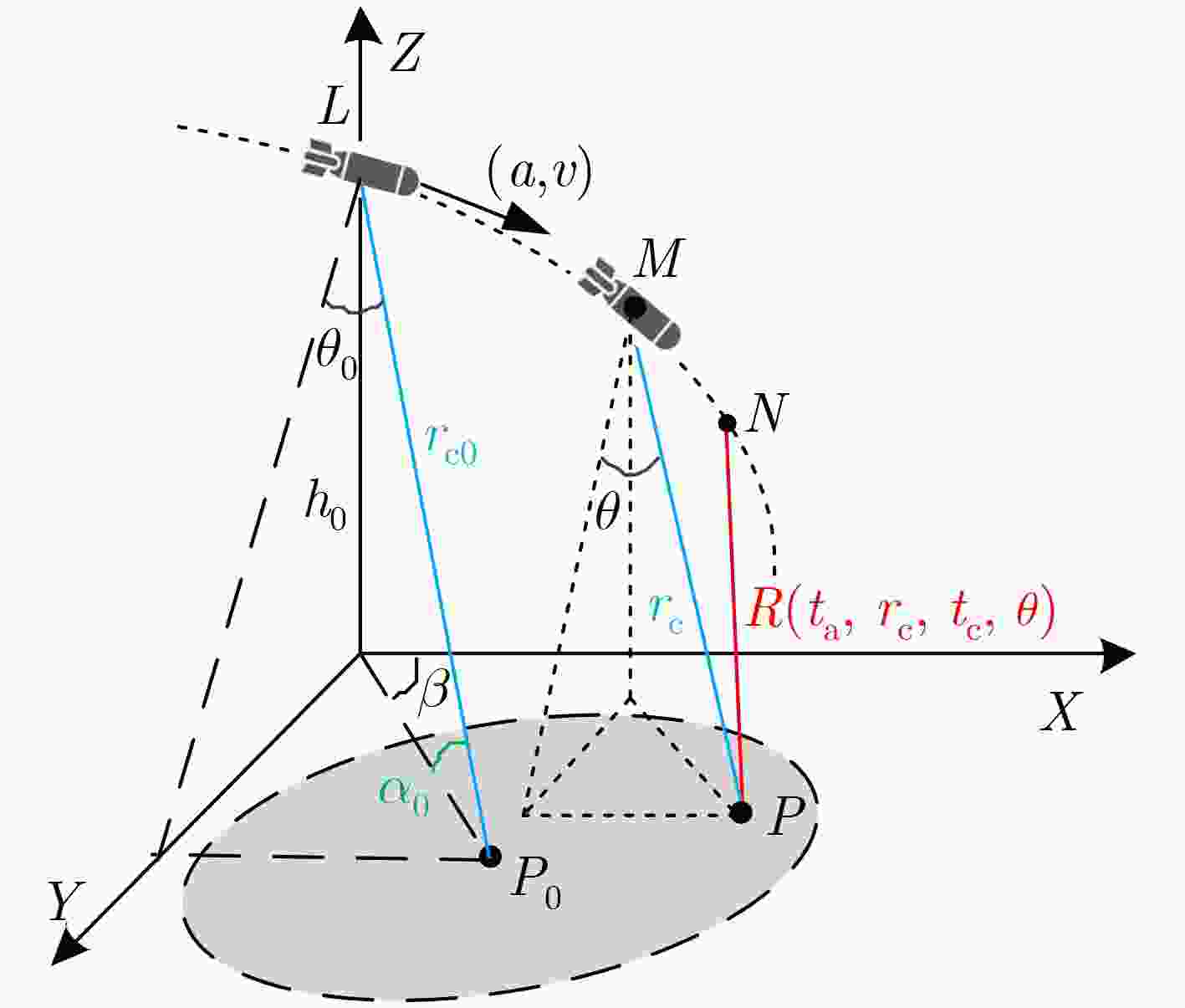
 下载:
下载:
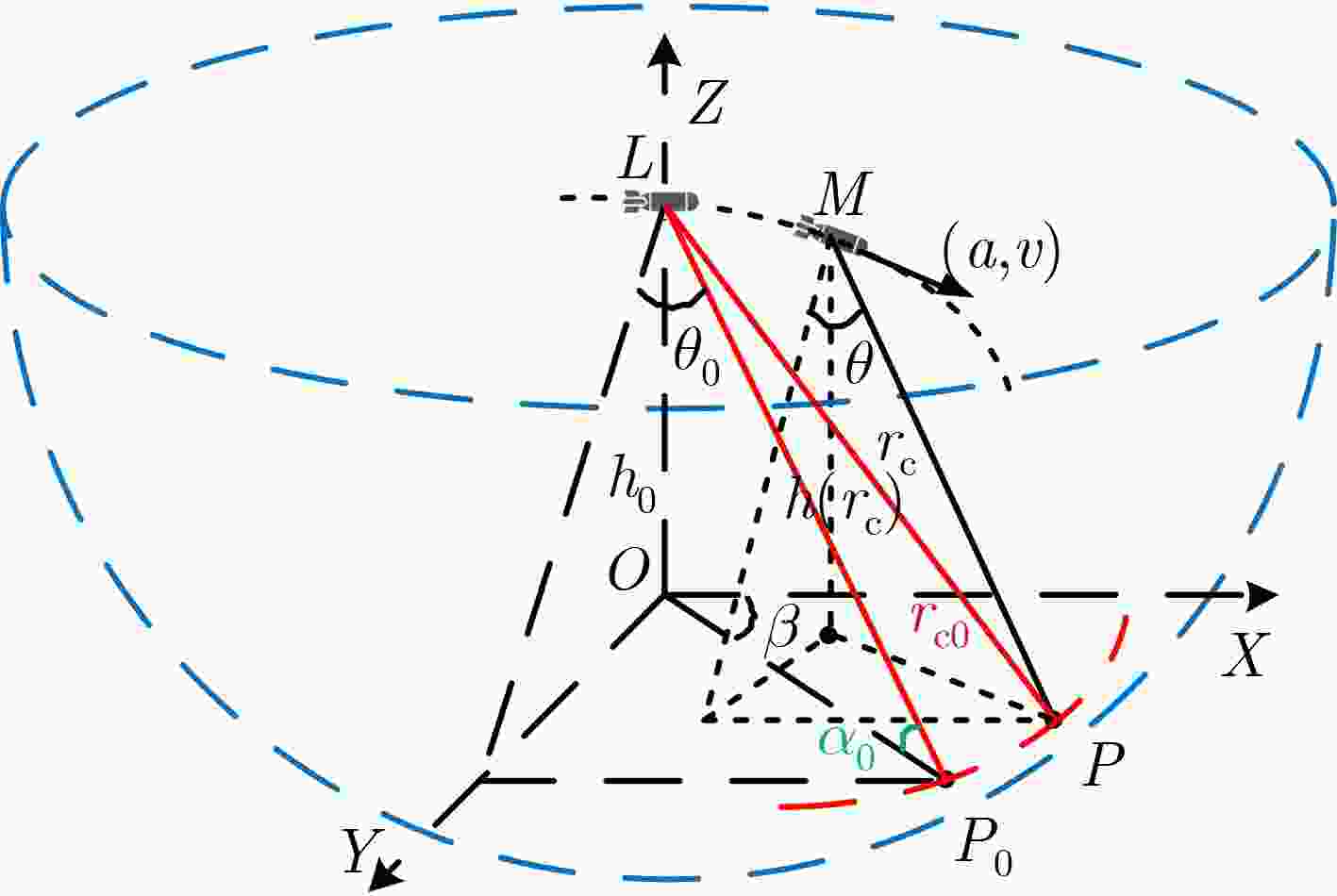
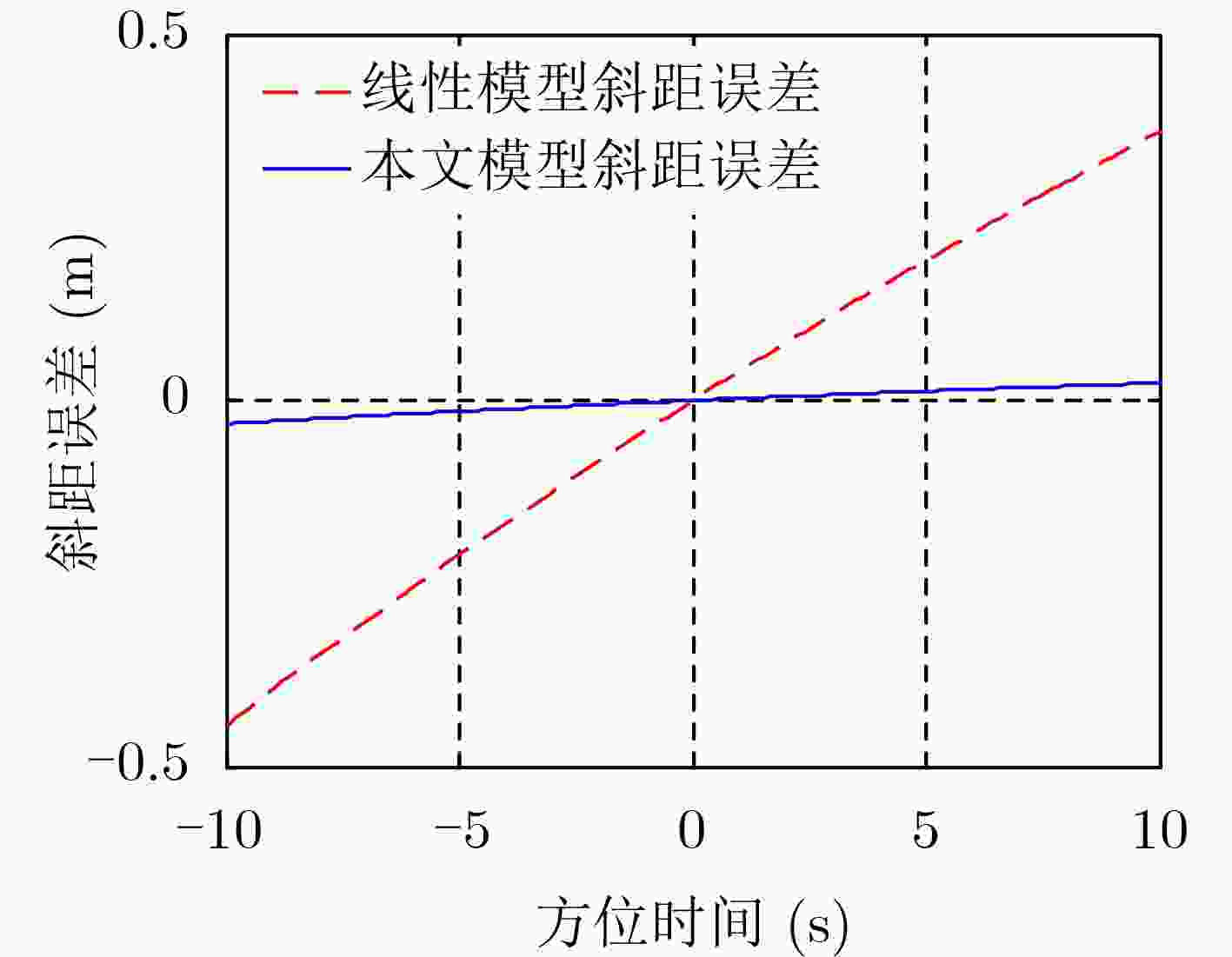


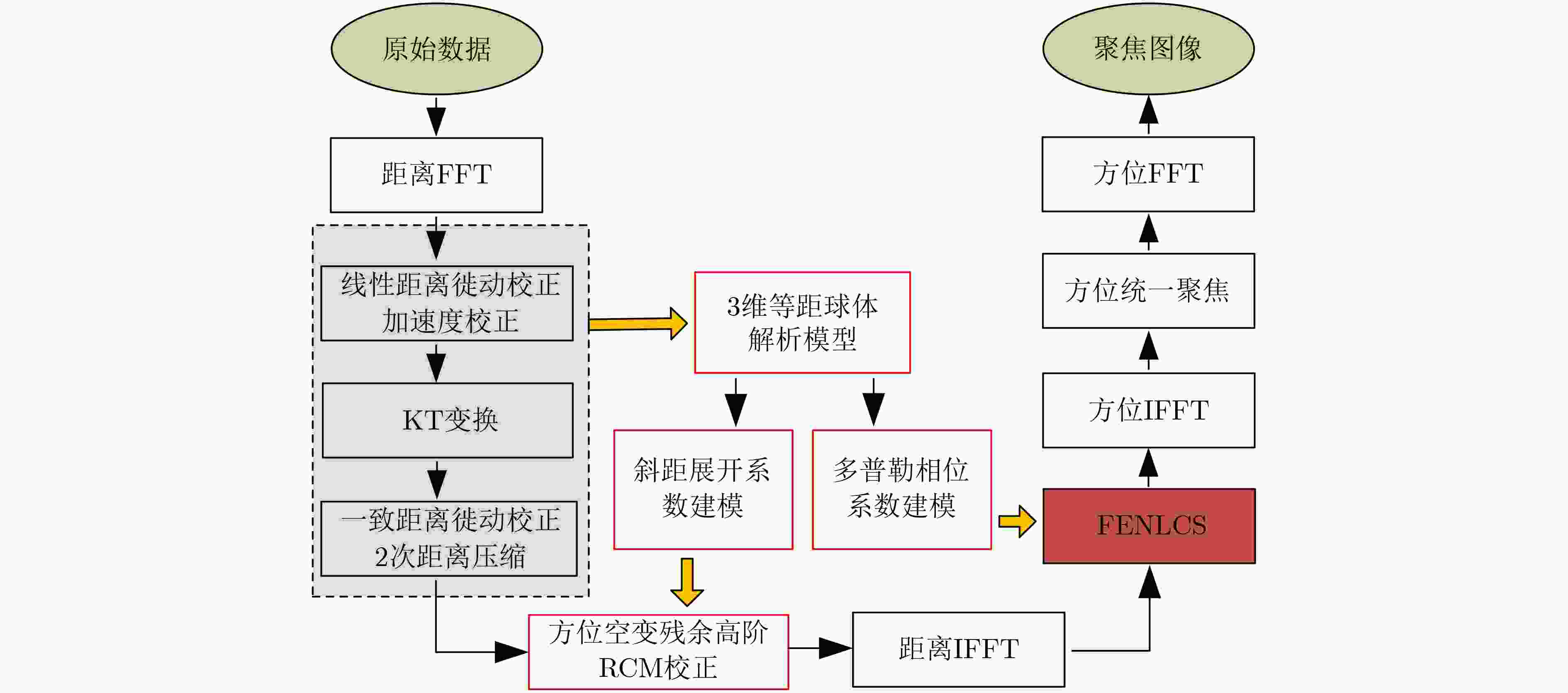
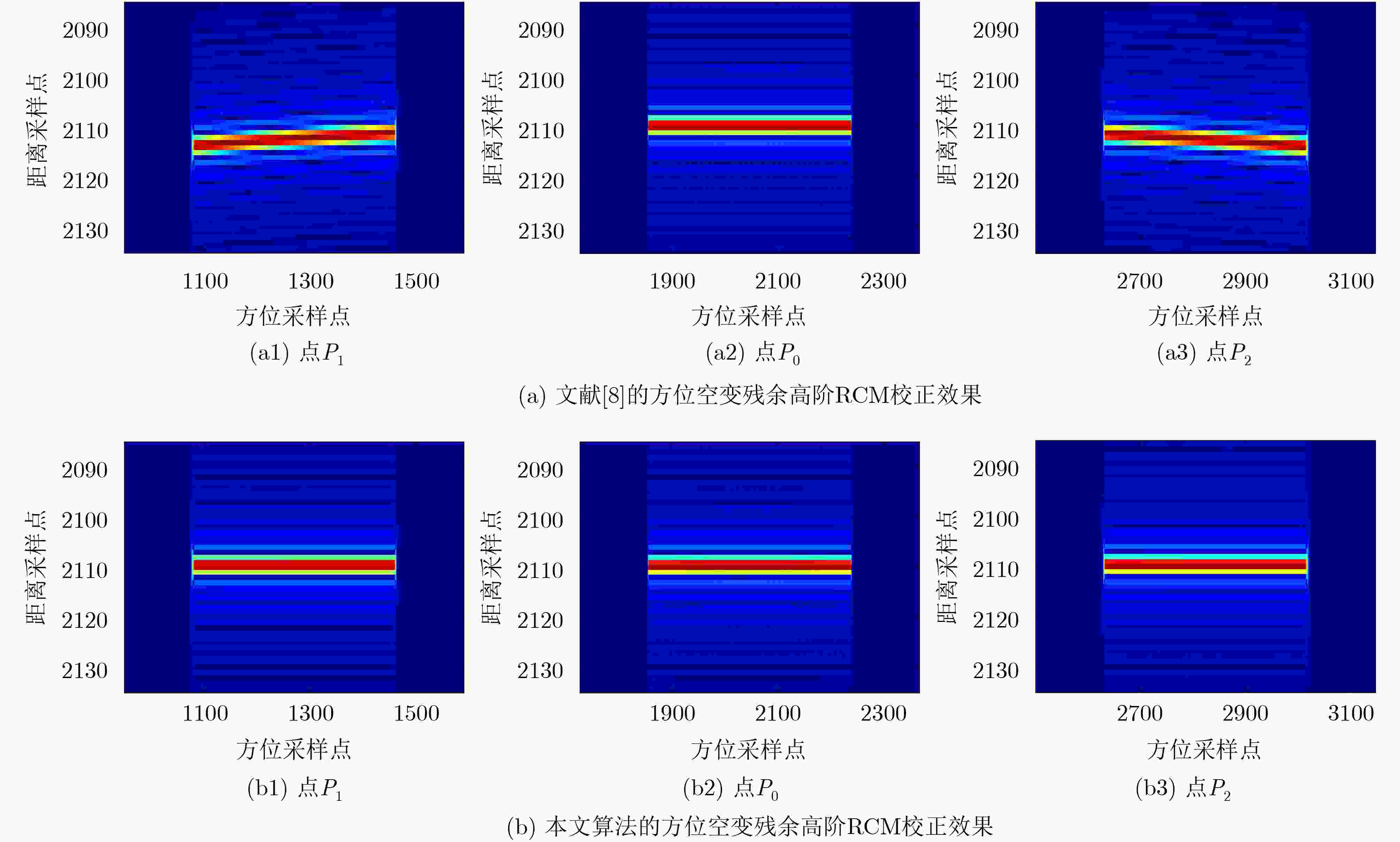



 下载:
下载:
